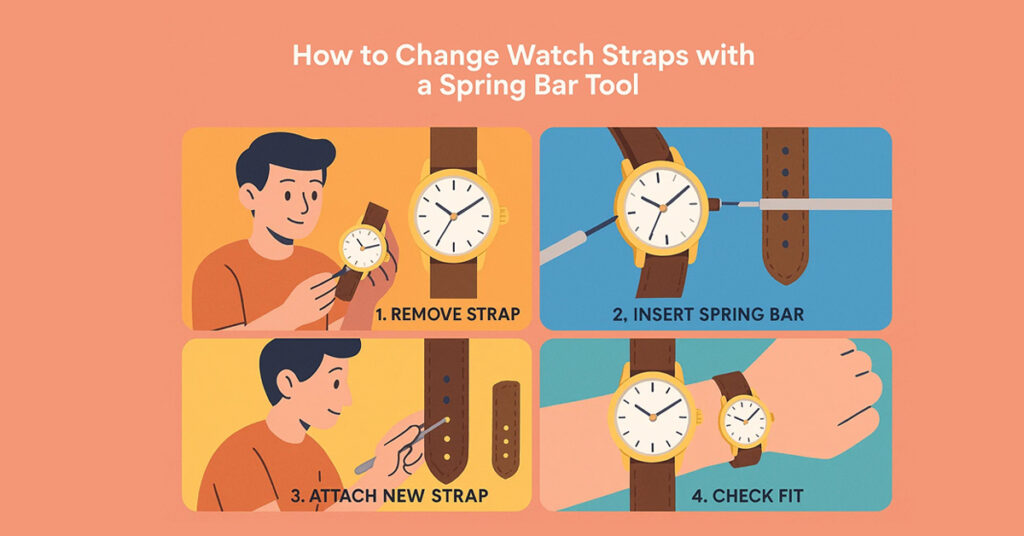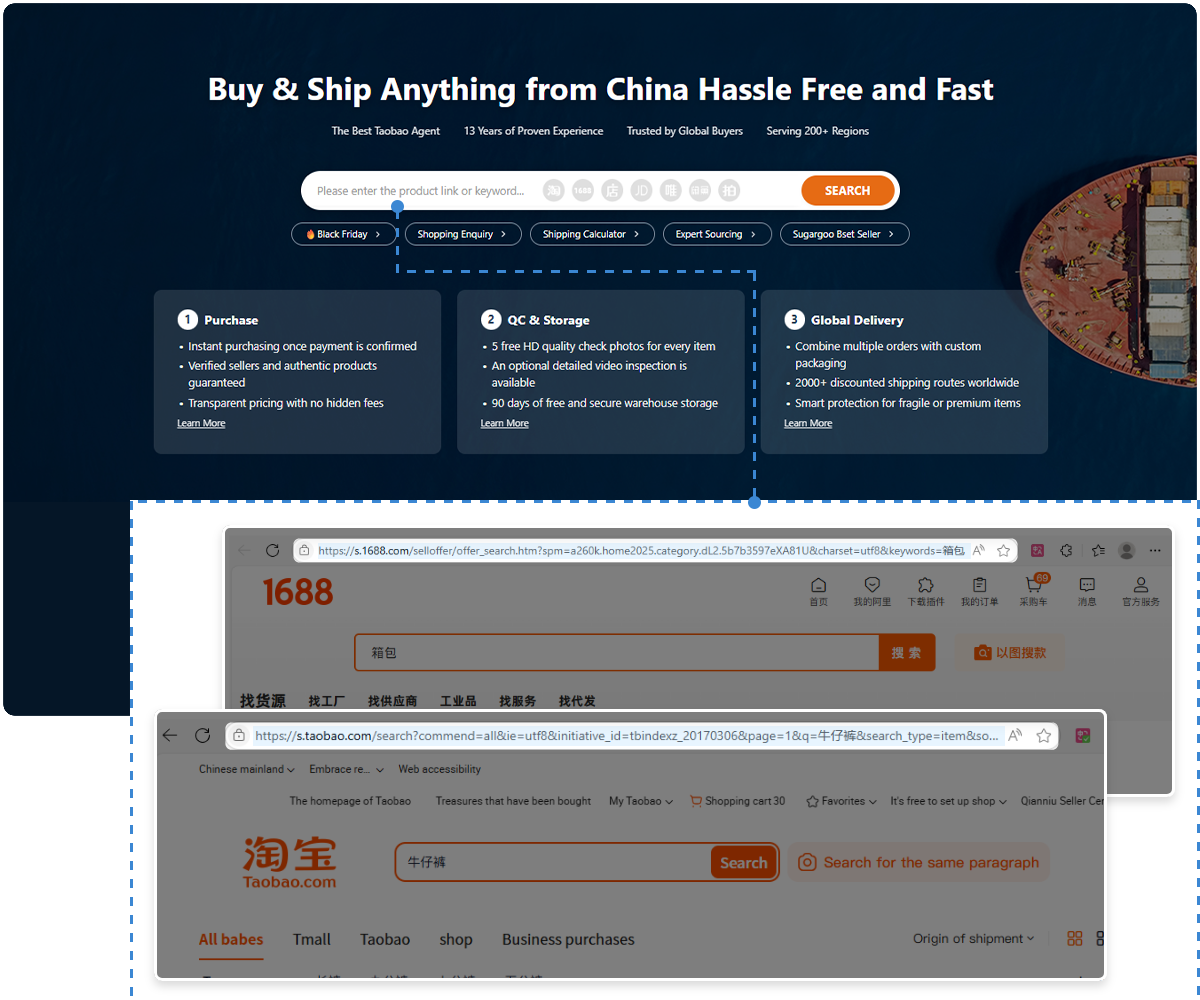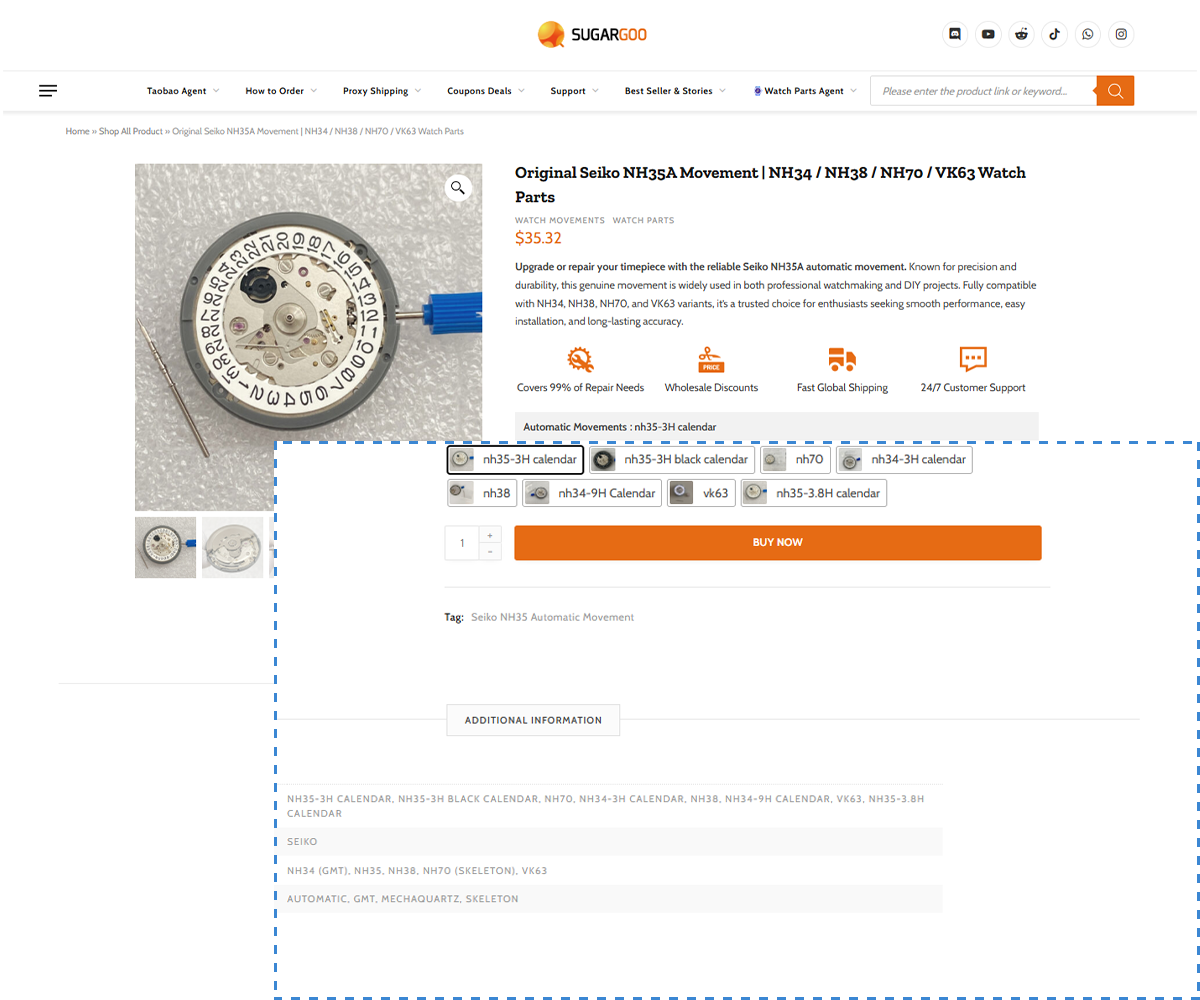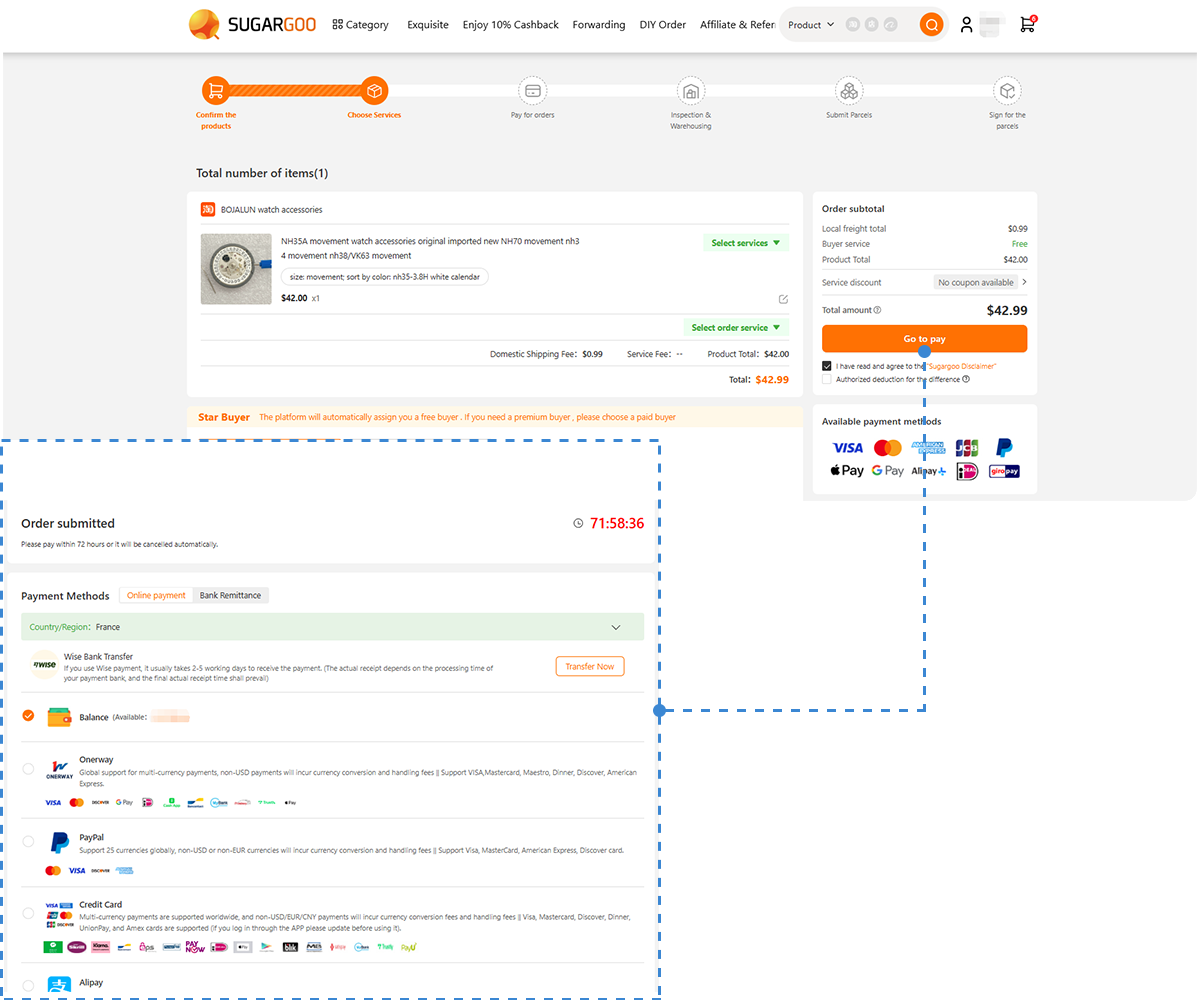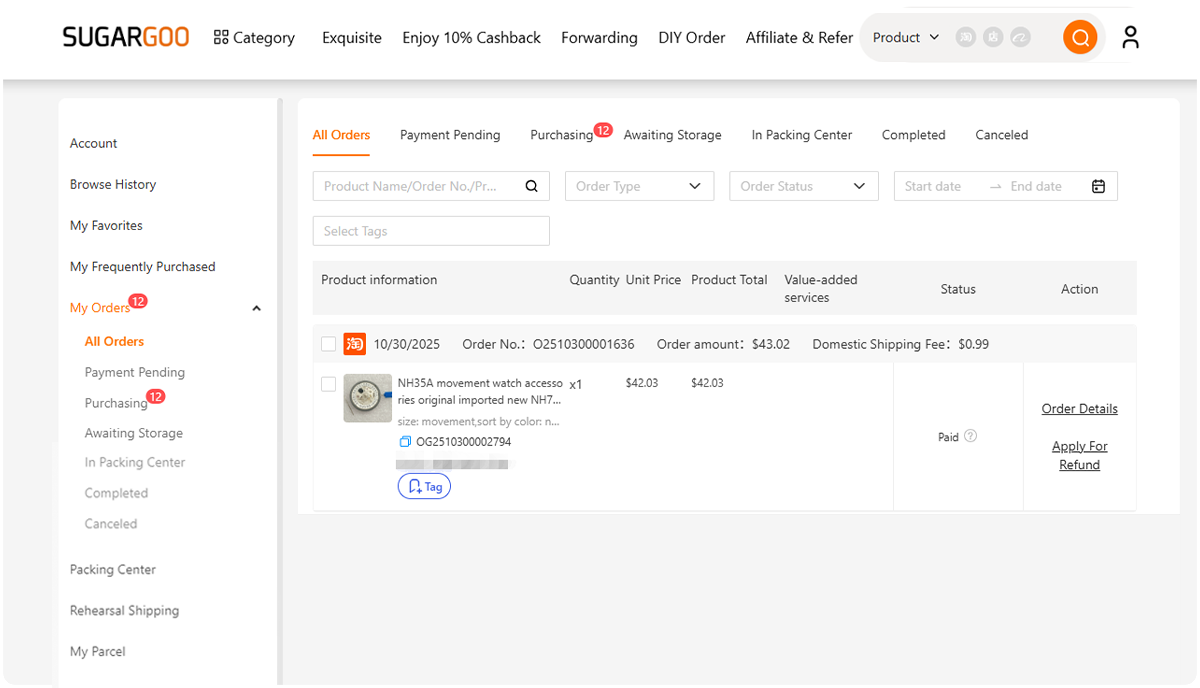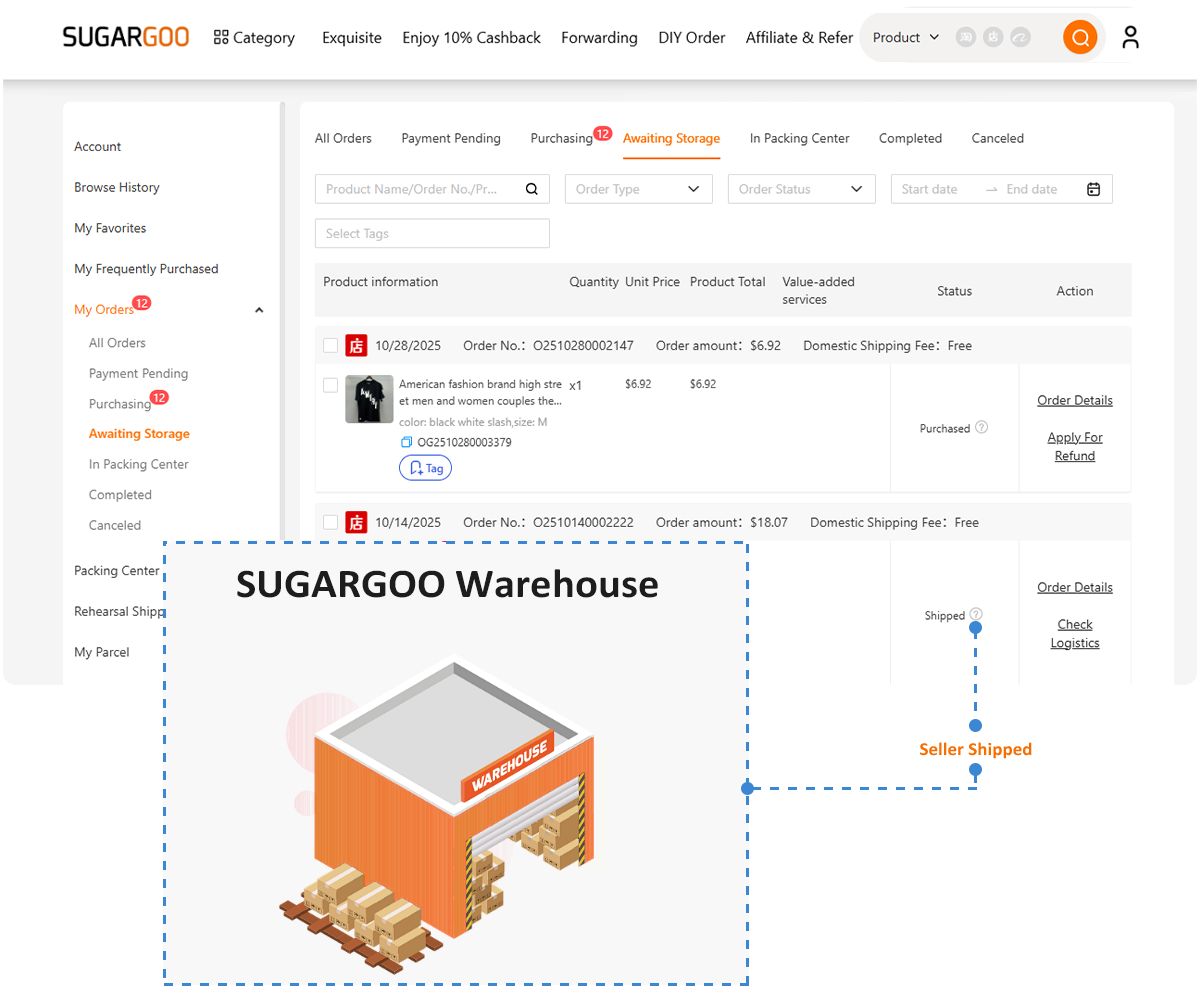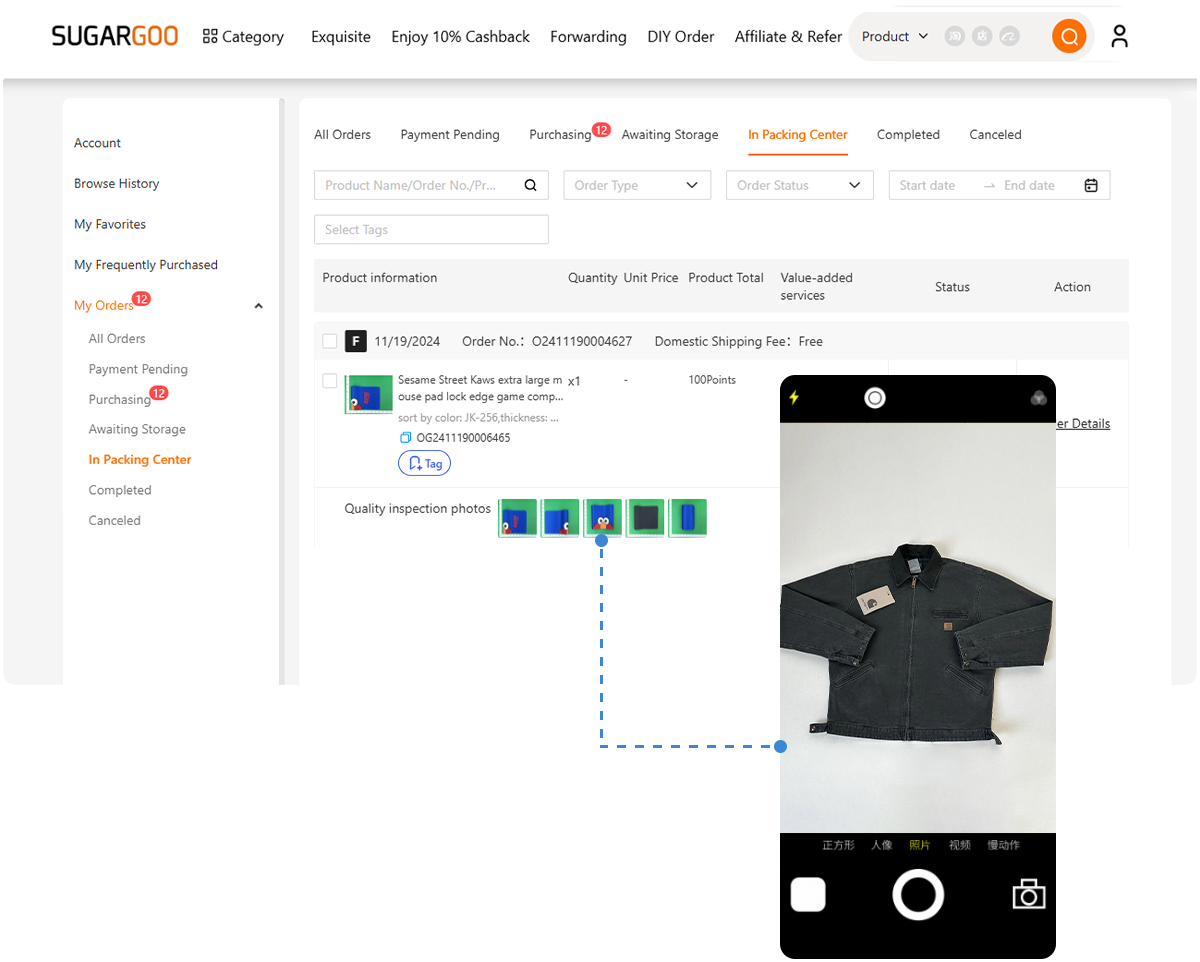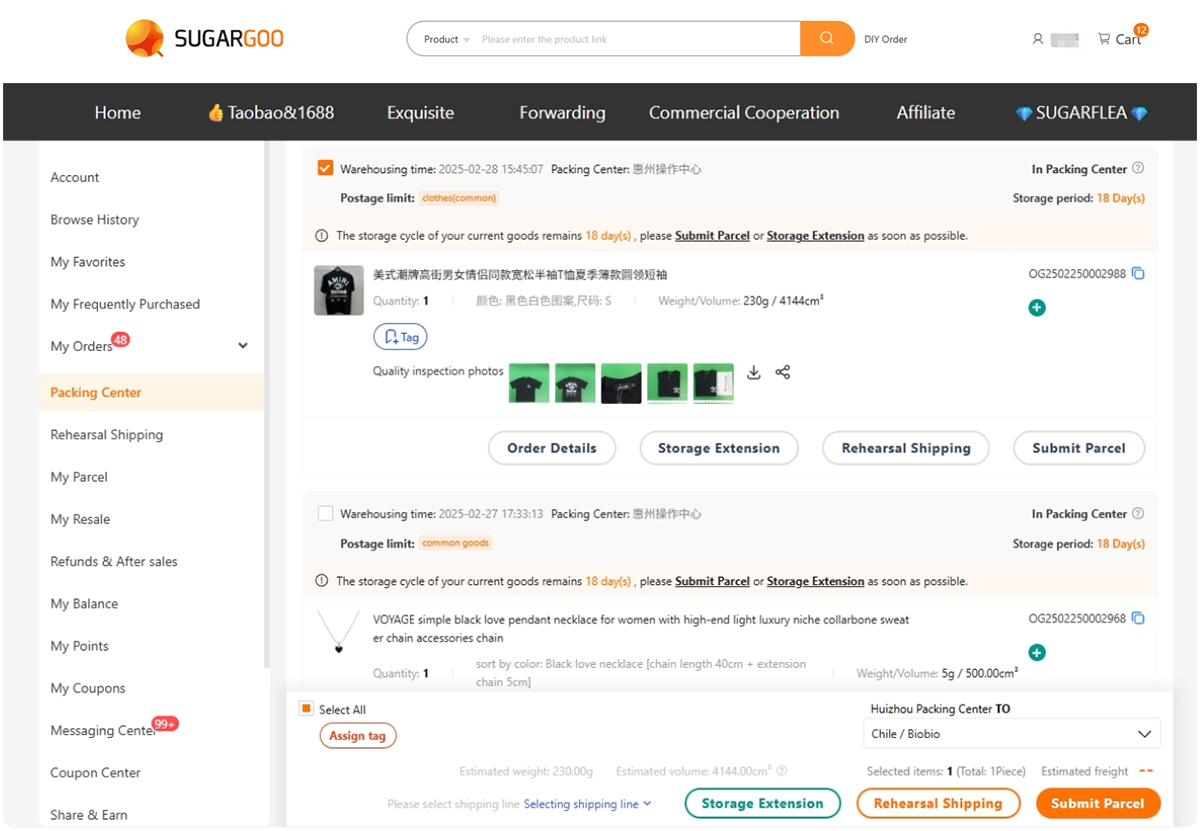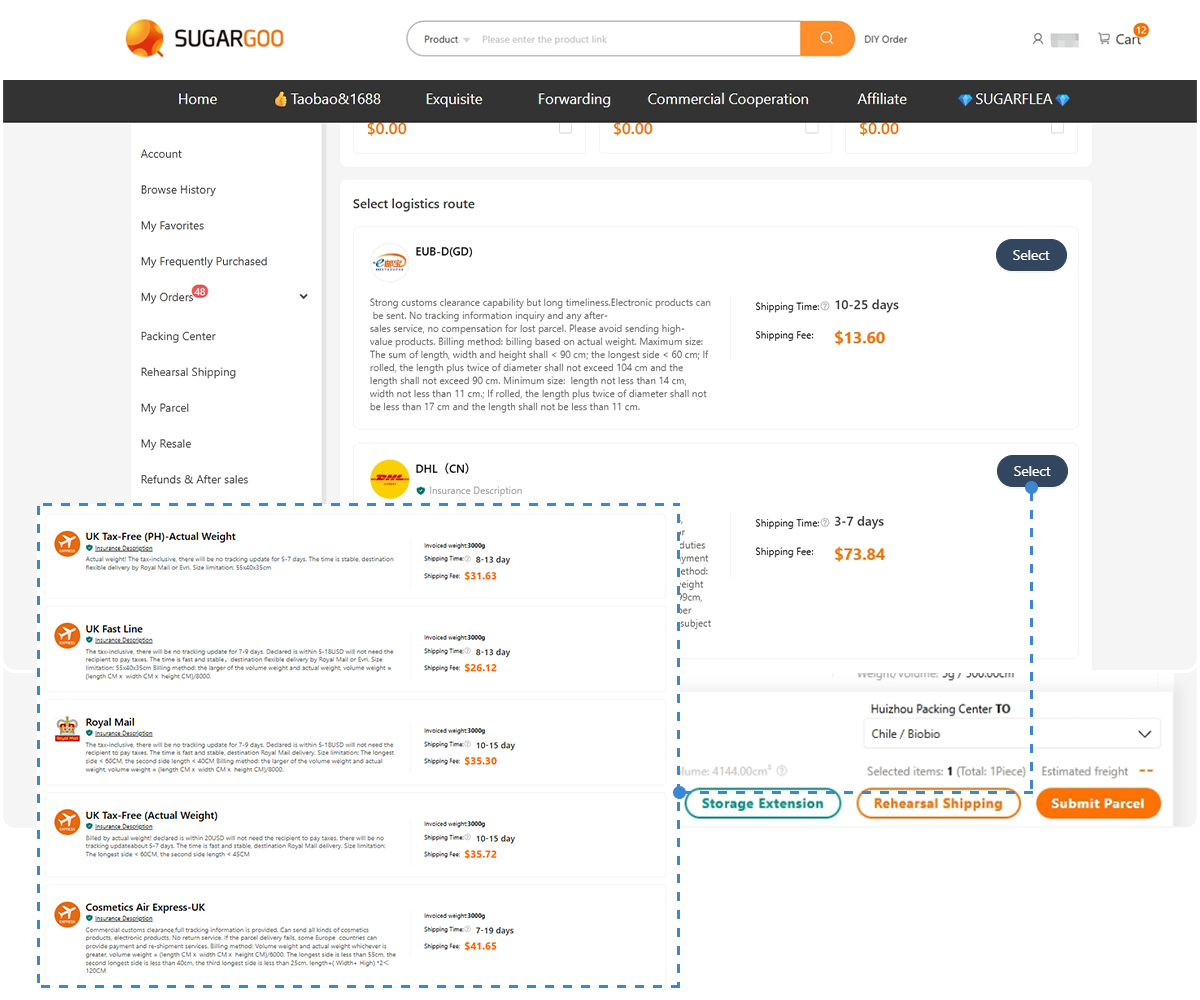There’s something powerful about the moment you change a watch strap. It’s quick, it’s simple — but it completely transforms the watch on your wrist. The same case, the same dial, yet it feels like a new watch altogether.
That’s the real magic of a spring bar tool. It’s not just a piece of metal; it’s the key to reshaping your watch’s identity. Whether you’re switching from leather to steel, from NATO to rubber, or building a custom Seiko NH35 mod, this tiny act connects you to your watch in a deeply personal way.
Because every strap change tells a story — one that starts with the sound of a click.
Why Strap Changing Matters
You can learn more about a watch by changing its strap than by reading its manual. A strap defines how a watch lives:
- A leather strap adds warmth and comfort — perfect for quiet days, coffee, and meetings.
- A steel bracelet feels confident, like armor for the everyday grind.
- A rubber strap says you’re moving, you’re outdoors, you’re alive.
If you’ve ever owned a Seiko NH35 diver or pilot, you know what this means — that strap swap turns your build from tool watch to statement piece.
Changing straps is also how modders express creativity. It’s fast, reversible, and surprisingly emotional. You don’t just wear the watch differently; you become someone different wearing it.
That’s why a spring bar tool is one of the most important tools in your kit — it’s where every transformation begins.
Understanding the Spring Bar Tool
It’s a small, forked instrument — but it can decide whether your lugs stay pristine or get scarred for life.
A good spring bar tool has two ends:
- A fine fork for standard straps.
- A pointed tip for bracelets and drilled lugs.
You’ll find these in any professional watch repair toolkit, or better yet, on Sugargoo where you can get full Seiko-compatible tools at a fraction of the usual cost.
What matters most isn’t the brand — it’s precision. A sharp, clean fork lets you compress the spring bar safely without slipping.
The trick isn’t force — it’s angle, feel, and patience. Like tuning a guitar string, you learn to sense when tension is about to release.
Setting Up Before the Swap
Changing a strap is easy. Scratching a lug isn’t. That’s why setup matters more than the swap itself.
Lay your watch face-down on a microfiber pad or cleaning cloth. Make sure you have enough light — ideally daylight or a soft lamp that reveals small reflections. You’ll need:
- Your spring bar tool,
- A watch strap (maybe from leather watch straps or stainless steel bracelets),
- A small tray for spring bars (they love to fly),
- And patience.
Before removing the old strap, inspect the lugs — see how the bar sits inside. Are there drilled holes on the side? That’ll make things easier. If not, you’ll have to work from inside the lug curve.
The goal isn’t speed. It’s clean motion — a single press, a soft release, and no metal-on-metal scratches.
Step-by-Step: How to Change a Watch Strap
- Compress the Bar
Insert the fork end of your tool between the strap and the lug. Feel for the tiny ridge of the spring bar shoulder. Press inward gently, just enough to compress it. You’ll feel a small release. - Slide and Release
Once compressed, slide the strap slightly down and away. The bar will pop free from the lug hole. Repeat on the other side. Keep your fingers close — spring bars have a habit of launching into space. - Clean Before Replacing
With the strap off, take a few seconds to clean the lug area. Use a watch cleaning cloth or blower. Dust and skin oil gather here, especially if you’ve worn the watch for years. - Insert the New Strap
Take your new strap and slide one end of the spring bar into the lug hole. Hold the other side with your tool’s fork, compress gently, and position it between the lugs. When aligned, release slowly — you’ll hear a satisfying click. - Test the Fit
Gently tug both sides to ensure it’s locked. Tilt the watch and check alignment — the strap should sit flush and centered.
That’s it — your watch now has a new face, a new attitude, and maybe even a new story.
The Small Details That Separate Pros from Beginners
Changing a strap might sound basic, but the difference between a careful modder and a casual swapper is in the details.
- Always tape your lugs with masking or Kapton tape if you’re working with metal tools.
- Use a loupe or magnifier to align bars perfectly.
- Lubricate spring bar ends with a hint of silicone grease — smoother insertion, longer life.
- Upgrade your spring bars to thicker Seiko fat bars for dive builds.
- And if you want to explore what really suits your wrist, rotate between straps often. Try rubber straps for summer, leather straps for fall, and steel bracelets when you want that clean, confident edge.
You’ll start realizing your watch doesn’t need to change — only what holds it does.
Watch Straps That Change Everything
Every strap tells a different story. Here’s how modders match them with mood and build style:
| Strap Type | Feel & Function | Best For |
|---|---|---|
| Leather | Warm, classic, personal | Dress watches, vintage builds |
| Steel Bracelet | Solid, cool, confident | Dive watches, daily wear |
| NATO / Rubber | Sporty, breathable | Summer, travel, adventure |
| Canvas | Rugged, military vibe | Field or pilot watches |
| Custom Hybrid | Soft inside, tough outside | Everyday mod builds |
If you’ve ever wondered why some collectors keep drawers full of straps — this is why. A watch with two or three straps feels like three watches. It’s modular style at its best.
When a Strap Swap Becomes a Mod
For modders, the strap isn’t just an accessory — it’s part of the build’s soul. It connects the visual to the physical. You can have the perfect NH35 dial, the ideal crystal, the right lume — but the strap is what determines if the watch feels finished.
It’s also where customization gets creative. Many builders go one step further:
- Polishing or brushing steel buckles to match the case.
- Custom-stitching straps with contrasting thread.
- Adding custom watch parts like engraved clasps or signed hardware.
If you’re sourcing materials, Sugargoo gives you access to Taobao’s watch strap workshops, where you can find leather, canvas, or hybrid straps in sizes most western stores never stock. You can even combine orders with movements, dials, and bezels using their order combine service to save shipping.
This is where function meets art — a simple strap swap that tells the world, “This watch is mine.”
The Emotional Side of Modding
The more you work with watches, the more you realize — every act of modding is an act of care. Changing a strap feels small, but it carries the same satisfaction as replacing a crystal or hand-setting a dial.
You’re touching the watch directly, feeling its weight, its resistance, its texture. You’re not looking at time anymore; you’re shaping it.
For many, this small ritual becomes addictive. The smell of new leather, the cold click of steel, the soft tension of a perfect spring bar fit — these are the sensory notes of craftsmanship. It’s therapy for the hands, art for the eyes, and patience for the mind.
And when you strap it back on, something shifts. The same watch suddenly feels alive again.
Tips to Keep Every Strap Swap Flawless
- Keep extra spring bars handy — they wear out faster than you think.
- Always store used straps in watch boxes or storage cases to avoid deformation.
- Clean sweat and dust off after use — especially with leather or rubber.
- Rotate straps to extend their lifespan.
If you treat strap swaps as part of your maintenance routine, your watch will always look — and feel — fresh.
And when you need new ones, explore Sugargoo’s watch straps section to find combinations that match your next build.
Why the Spring Bar Tool Deserves Respect
Most people underestimate it. It costs a few dollars, fits in your pocket, and barely looks special — but it’s the one tool that lets you transform your entire collection.
You can change straps in a minute, experiment with builds, and find your personal aesthetic — all thanks to this simple device.
For modders, it’s more than convenience. It’s freedom. The freedom to design, test, fail, and rebuild.
That’s what separates a collector from a creator.
Finding Tools That Last
A dull or poorly shaped fork can ruin your lugs in seconds. That’s why investing in a good-quality spring bar tool is essential.
Sugargoo connects you to verified Taobao suppliers who provide professional-grade watch tools — the same ones used in independent workshops. Pair your purchase with watchmaker screwdrivers and a proper toolkit checklist, and you’ll have everything to handle strap swaps, crystal installs, or full rebuilds.
Once you’ve worked with proper tools, you’ll never go back to makeshift gear again.
The Moment It Clicks
After a few swaps, you’ll develop a rhythm — the quiet click when the bar slides into place, the perfect alignment against polished lugs, the soft resistance of leather hugging your wrist.
You’ll start realizing this isn’t just maintenance. It’s a craft.
And that moment, when the strap locks in perfectly — that’s when you know your watch is yours again.
It’s no longer just about keeping time. It’s about creating it.
